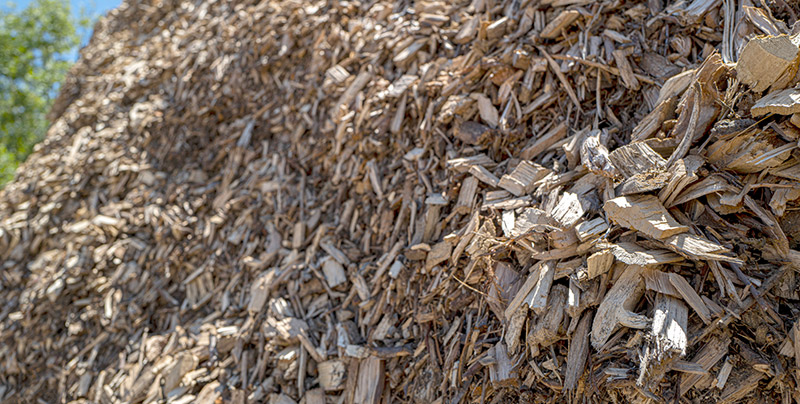Everbal
Environmental impact of the paper industry
Paper – the simplest, most multifunctional product around for daily use – has been produced through responsible methods for many years now. Considerable gains have already been made, but a few challenges still lie ahead concerning the environmental impact of paper manufacturing. We work with unwavering commitment to improve our performances and make them even more virtuous.
Betting on ecological sustainability
When people talk about paper manufacturing, they often mention many popular misconceptions, such as that producing paper decimates forests, or that paper mills produce toxic waste. It’s simply not true!

The paper industry only uses by-products from the forest, such as sawmill scraps, wood from thinning operations, or even branches.
It therefore contributes to maintaining and properly managing the forest. The same is true for the chemical products used for treating fibres, which are either reused or treated as effluents. As opposed to these clichés, the paper industry works tirelessly to continuously improve is procurement processes, while it forges ahead with programmes to save energy and reduce its environmental impact.
The preservation of natural resources is now the foundation for all our work in the paper industry.

Managing and recycling
Paper is now produced more and more with recycled materials.
In Europe the rate is extremely high, with more than 70% of paper being reused. However, it is impossible to continuously reuse paper fibres; once they have been recycled 5 or 6 times, the fibres are damaged, and it is then essential to introduce new fibres in the manufacturing process.
It is also important to employ the right recycled fibres based on their intended end use. The use of high-grade recycled fibres is preferred for office papers for laser printers or copy machines, which must guarantee archiving and long conservation. Fibres that have already been recycled can be used for packaging and newspapers, which have shorter life cycles.
Reducing our carbon footprint
Another change of real importance has been introduced by the paper industry. Today, 40% of the fossil fuels used for paper manufacturing having been replaced by biomass, and CO2 emissions have been slashed in half.

Principle of biomass energy
The term biomass refers to all organic matter, from both plants and animals (wood, waste, vegetation, seaweed, etc.) that can be burned to create energy. It is now the largest source of renewable energy in France, representing 50% in 2020, including 33% from
wood-based materials.
Source : www.statistiques.developpement-durable.gouv.fr/chiffres-clesdesenergies-renouvelables-edition-2021
These resources can be grouped in 2 categories, depending on their source:
- sources from the wood industry,
- sources from agriculture and the industrial sector.
But biomass cannot be limited only to energy production. It is also a fundamental part of the overall sustainable development approach, as it has an impact on the economy, society and the environment.
Source : www.ragt-energie.fr/fr/biomasse/avantages-biomasse.php



